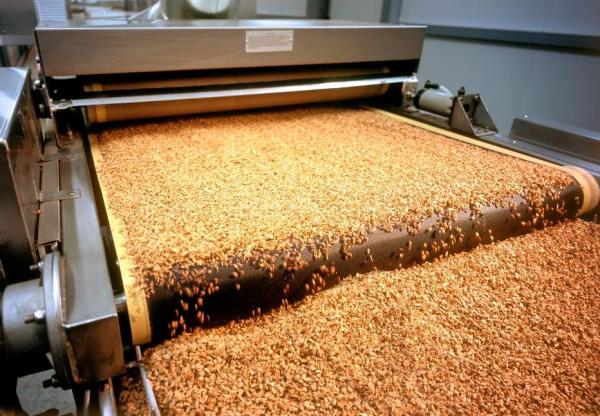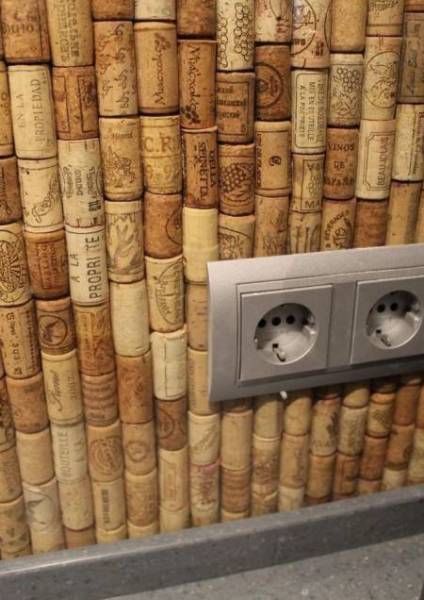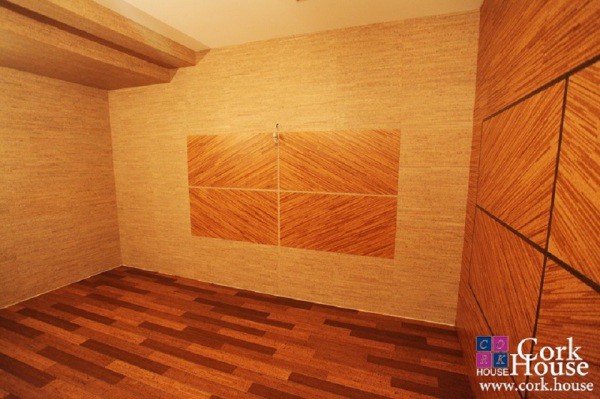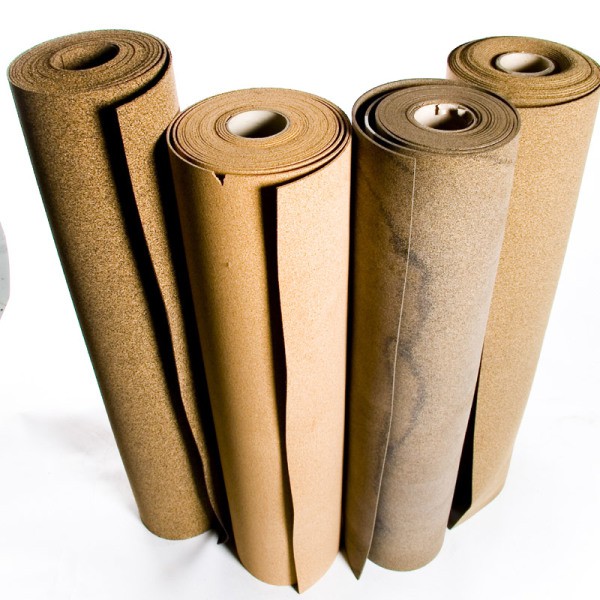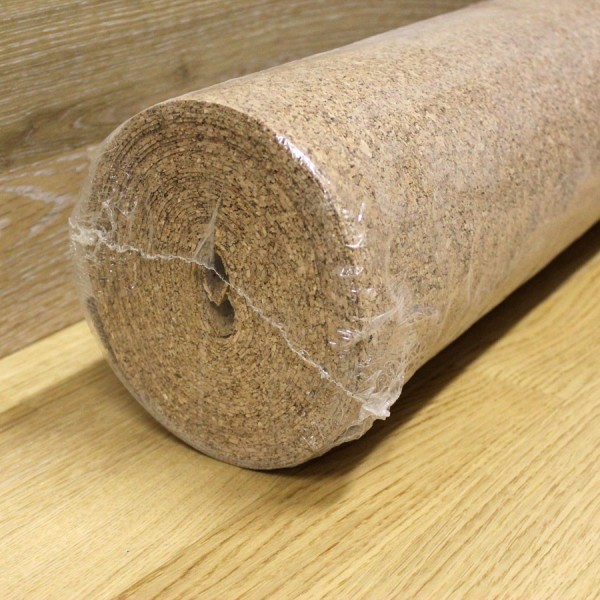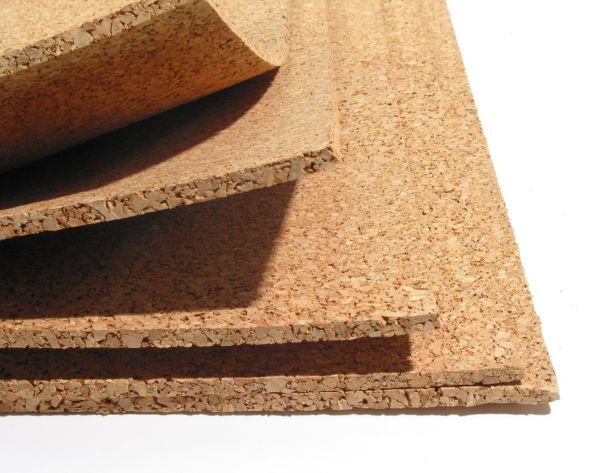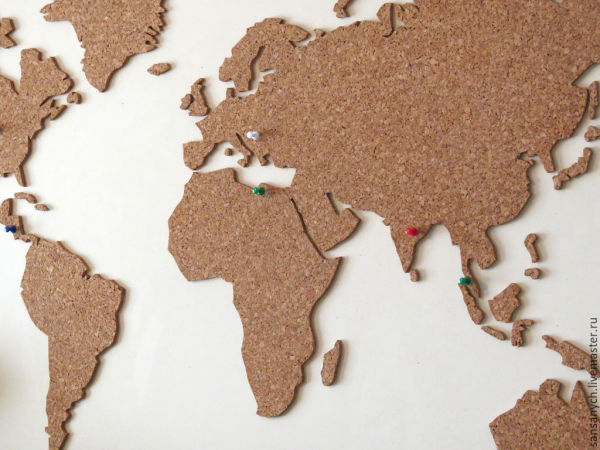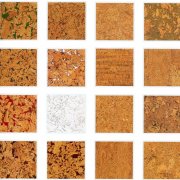Choose a cork coating for the walls
Among the whole variety of modern building and finishing materials, those made from natural components continue to be especially popular. In a world oversaturated with plastic, people began to appreciate beauty and nature even more, and are trying to bring it to their home.
In this article we will talk about cork for walls, and try to figure out what kind of material it is and why, at its small cost, it is so appreciated among consumers.
The content of the article
What is cork, its pros and cons
Cork is an oak bark treated in a special way. In its manufacture, chemicals are not used, which means that it can rightfully be considered environmentally friendly. Due to its unique qualities, cork wall covering is considered not only safe for health, but also durable.
It is practically not affected by the environment, and can be used in any room of a house or apartment, regardless of its direct purpose. An interesting fact is that with the unique qualities of natural cork, few can compete, and this is what makes it so in demand.
In order not to be unfounded, we list only some of the positive qualities of this material, knowing which, you will surely pay attention to it the next time you visit a hardware store or market:
- Soundproofing. Due to the porous structure, cork coating serves as an additional insulator against extraneous noise and is even able to retain heat. The issue of noise isolation is especially important for residents of apartment buildings, where through the thin walls, you can hear everything that happens to the neighbors.
- Decorative qualities. This factor is often repelled when choosing building materials. Cork is not only a quality coating, but also looking attractive. At first glance, it may seem that the bark of a tree is not as original as we describe it here, but in fact, it differs not only in its texture, but also in color.
- The ability to maintain its original shape. This quality is not inherent in all finishing materials that leave traces of mechanical stresses on themselves. Cork quickly restores its shape, and that is why, not only wall, but also floor coverings are often made from it.
- Softness. Cork - the material is very pleasant to the touch. He is always warm and soft. Often this is what prompts parents to cork the walls and floors in the children's room. After hitting such a wall, or even after falling to the floor, the child will not injure himself and will be protected from scratches and abrasions.
- Moisture resistant. A quality that many natural materials lack. It is no secret that a tree is able to accumulate moisture, and eventually swells and loses not only its original qualities, but also its appearance. There will be no such problems with the cork, it easily transfers contacts with water, after which it completely evaporates.
- Ease. Many modern houses are built from light materials, which are highly contraindicated for high loads. Cork on the wall can be applied even if it is made of drywall.
- Easy installation. In order to cover the walls with a cork, an unnecessarily ingenious tool or many years of experience, all the work is very simple and you can do it yourself, which ultimately will save on the services of builders or finishers (see. How to glue cork wallpaper yourself correctly).
- Lack of static electricity. Any natural material has a negative electric charge, which allows them not to attract dust, and even repel it from the surface. Cork wall covering is completely hypoallergenic, so it can be used even in the house where asthmatics or allergy sufferers live.
- Vapor permeability. The problem of all private houses and corner apartments, in the constant presence on the walls of the bridges of cold, which when the temperature changes, begin to form condensate. If it is not timely removed, then over time it will develop into a fungus or even mold. There are no such problems with the cork, since its porous structure allows the condensate to evaporate without residue.
As you can see, cork is a truly high-quality and reliable material, which, in addition to this, can also become a home decoration, giving it uniqueness and originality.
If we talk about the shortcomings of cork, and any material has them, then here we can distinguish the relatively high cost of the coating. The price per square meter of coverage in some cases can reach several thousand rubles, but if your repair budget can afford it, then you can no longer choose finishing materials.
Above we talked in detail about the features of this material, but completely forgot to mention that cork coating is a generalized concept that combines a number of the most diverse materials, each of which, besides the ones listed, also has its own individual qualities.
One thing connects all these materials - the base, that is, that same oak bark, which is called cork. Conventionally, all materials can be divided into three types, and depending on this, the technology of gluing on the walls changes, as well as the final cost of the entire finish. But first things first.
Cork roll
As the name implies, such a cork coating is produced on the walls in rolls, and this can be considered its main advantage. The fact is that it is easiest to work with, but if you ever paid attention to traffic jams in a hardware store, you probably noticed that the cost of different rolls can vary significantly. So what is the reason for such pricing?
It's simple, cork, produced in rolls, can have different purposes, and these materials will differ greatly from each other. So, let's take a closer look at them.
Wallpaper
Main difference cork wallpaper from other materials produced in rolls in that they have an additional base, which is glued to the wall. Depending on the preferences and characteristic features of the room in which the repair is carried out, the base can be fabric, that is, non-woven, or vinyl.
For example, for rooms with a complex environment, such as a kitchen or bathroom, it is better to choose vinyl-based wallpapers. They are more resistant to temperature changes, and caring for them is much easier. But for a nursery or a bedroom, non-woven wallpaper is more suitable, as it has the ability to “breathe”, so the room will always have a feeling of freshness.
Important! Cork wallpapers are classified as very heavy, therefore it is applied not only to the material itself, but also to the wall, and after application, you need to give the glue a couple of minutes so that it thoroughly soaks the canvas, and only after that they can be glued to the wall.
Pasting the walls with cork coatings is not a quick process, so if you have time running out, it is better to pay attention to other materials from the cork, besides they have a low level of sound insulation, and if this indicator is very important, the wallpaper just does not suit you.
Technical traffic jam
Externally, this material resembles wallpaper, but, as you know, appearance is deceiving. Honestly, it’s difficult to call it decoration material and it is used for a different purpose.
Technical cork is a substrate for floor or wall coverings, which is designed to protect the finish from external influences and extend its service life. The cork backing works by the principle of a sponge, which absorbs excess moisture and allows it to evaporate without residue.
Unlike wallpaper, technical cork has no basis, therefore it is rarely used as wallpaper, but if you are looking for cork coverings for loggia walls, for example, it can be used. Surely, many now have a reasonable question, why buy a cork substrate, if there are many cheaper materials on the market. We will answer, such qualities as a cork, none of them have, and its main advantage can be considered not even the ability to absorb moisture, but softness.
Such a substrate, populated under the floor covering, creates additional cushioning, and is able to significantly extend the life of the laminate or parquet. In addition, the thickness of the technical plug is at least 6 millimeters, and this is even more reliable and high-quality heat and noise insulation.
Modular cork
Unlike rolled materials, this cork is produced in separate segments, each of which is fixed separately from the rest. The main advantage of such a coating is the ease of laying, it is easier to work with it than with rolls, and you will need even less skills and tools.
Moreover, in the event of accidental damage or contamination that cannot be removed, you do not have to completely change the finish, just change one or more segments, and the coating is like new.
Advice! When buying a modular cork, always take a small margin, since the installation process does not exclude the appearance of a defect, and later some elements may need to be replaced.
Tile
As the name implies, this cork coating is made in the form of small fragments. Manufacturers can choose from 30 to 30 centimeter modules and 30 to 60 centimeter rectangular segments.
The process of pasting the walls with a cork-like coating in the form of tiles is made on natural PVA glue, and the most important thing here is to smear the entire perimeter of the tile and make a crosshair from the adhesive strips. Thus, maximum adhesion to the surface can be achieved and the coating will not begin to lag after some time.
The main secret of sticking modular tiles is that the process should not begin from below, as is the case with ceramic or other materials, but from above. This is necessary so that the upper tiles do not press with their weight on the lower ones, while the glue dries, and this can take up to several hours depending on the temperature.
If you neglect this simple rule, as a result you can get a swollen and cracked coating, which will have to be completely redone, and these are new costs both financially and in labor.
Wall panels
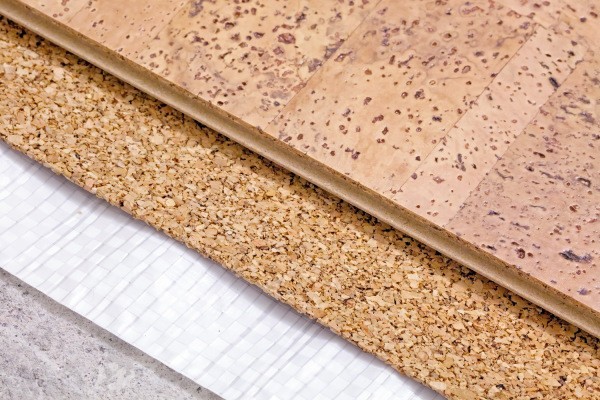
An ideal cork wall covering that resembles lining panels. Each segment has a groove and a ridge, which greatly simplifies the installation process. But there is one significant difference from other materials, the cork is glued directly to the wall, and not to a specially made crate.
This method of fastening not only facilitates the work of the installer, but also allows you to save the treasured centimeters of area, which is always not enough in apartments. As we said above, the cork perfectly passes steam and interacts with moisture, so with such a coating you should not worry about the fact that under the panels a fungus or harmful mold may form.
Advice! The technology of laying cork on the walls provides a perfectly smooth surface. It is not necessary that the walls are covered with high-quality stucco, the finish layer is enough, the main thing is that there are no significant differences that could disrupt the even structure of the cork panel.
Laminate
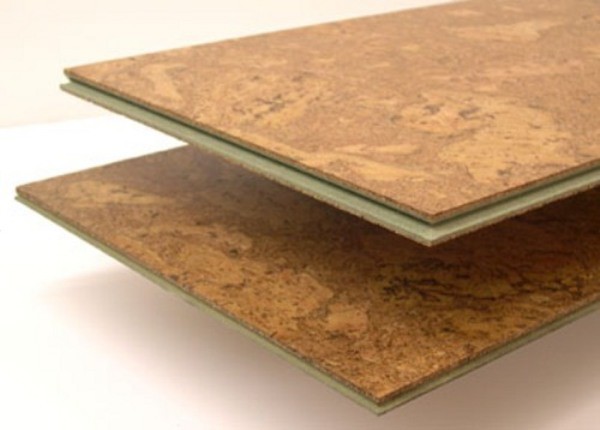
If you were surprised by the appearance of flooring in an article about wall decoration, then it is completely in vain. Today, laminate is very often used for other purposes, and this is due to its high quality characteristics.
Thanks to the base layer, it tolerates contact with water much better and withstands mechanical damage. Cork in this case is used only for decorative purposes, and is made in the form of a thin layer of veneer.
Cork laminate is ideal for decorating rooms with difficult conditions, such as a kitchen or bathroom. Unlike natural cork, it does not absorb odors and is much easier to care for.
Moreover, using the laminate as a cork coating on the walls, the design becomes more diverse and of high quality, although if you look at this finish more carefully, you can find repeating elements that are simply impossible in natural materials.
Decorative panels
What modern designers do not go to any tricks to create a truly original interior, and one of such solutions is cork drawings. They are made from cork, and can either contrast with another coating, or act as the only wall decor.
Some cork paintings can be called real masterpieces, and besides, they are able to bring their atmosphere to the room and set the right perception among guests and households.
It is not difficult to make a wall panel of cork, as shown in one of the photos above, and for a better understanding of all the subtleties, we recommend that you watch the video in this article, which clearly shows the whole process, and provides a small but capacious instruction.
The only drawback of such panels is that they turn out to be rather bulky, and for example, such a cork coating on the walls of the balcony will not work, but with its help you can decorate the living room, children's room or bedroom.
Fluid plug
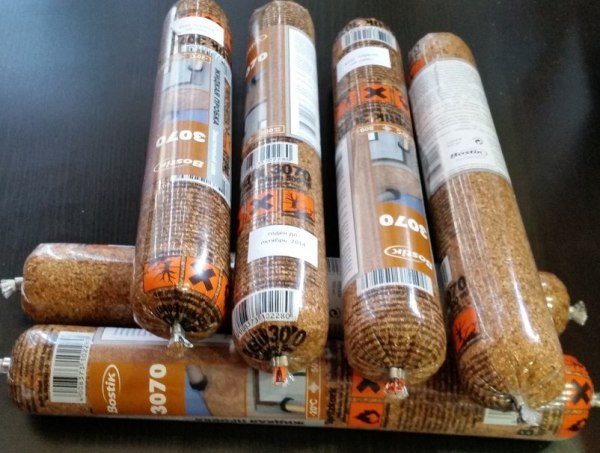
Yes, yes, your eyes do not deceive you, and this is not a typo of the author of the article. Modern technology has come to the point that cork coating for walls spraying is no longer a myth, but a reality that is popular among consumers.
The main advantage of this technology is that the coating is perfectly smooth and completely free of joints, and moreover, it is unnecessary to align the walls under it, it is enough to simply remove the elements of the old finish and spray the cork.
Such a pleasure is not cheap, and this is one of two characteristic disadvantages. The second is that you are unlikely to succeed in spraying yourself. In addition to the experience and knowledge of all the intricacies, here you will also need appropriate expensive equipment, which you should buy for one repair. To put it mildly, impractical.
We will probably end this article with this, but not because we have nothing more to say, but not to bore the reader. Cork coating is so diverse and multifaceted that it is simply impossible to fit into the framework of one material, and if you are interested in this way of decorating your home, then on our site there are still publications on this topic.

